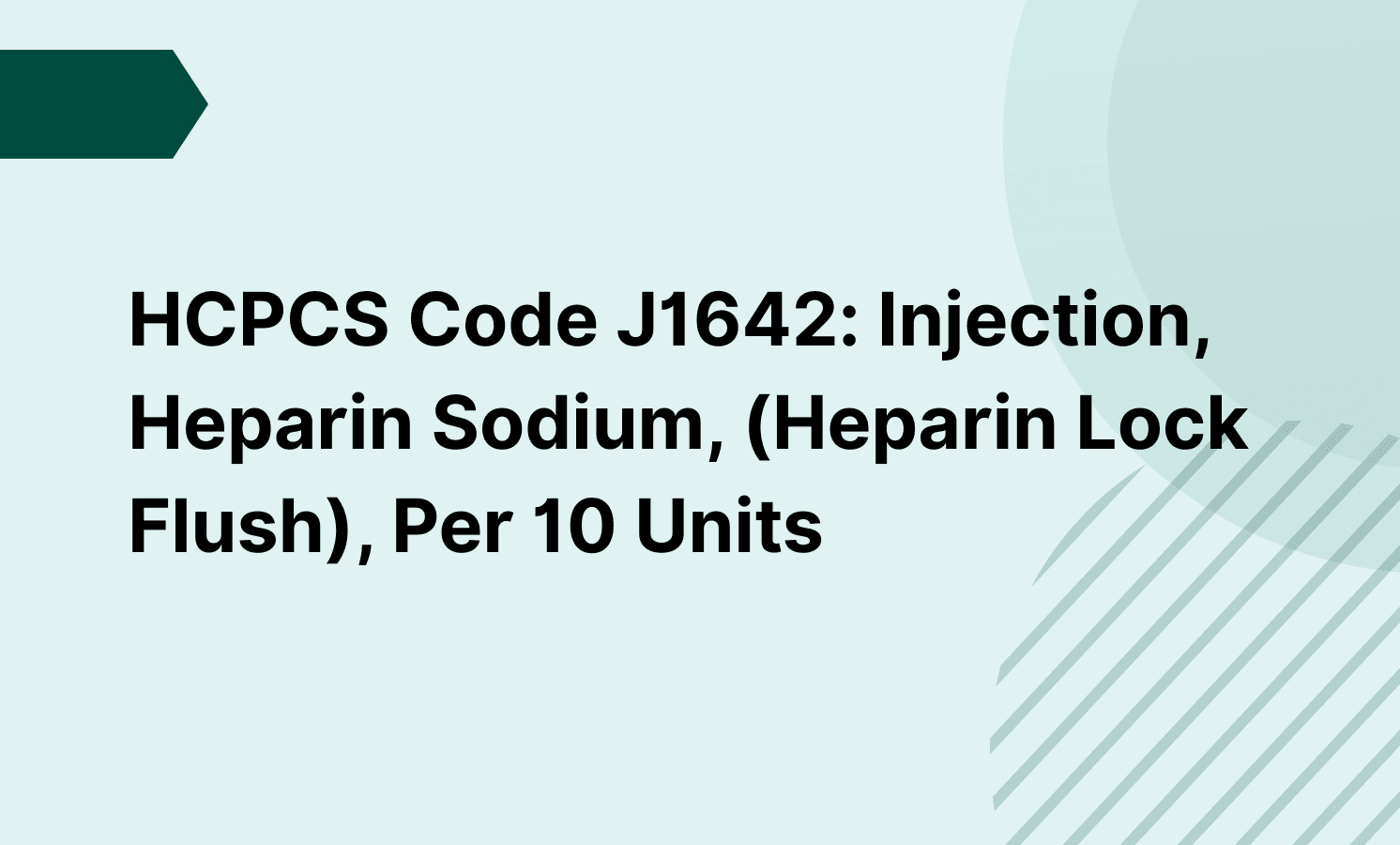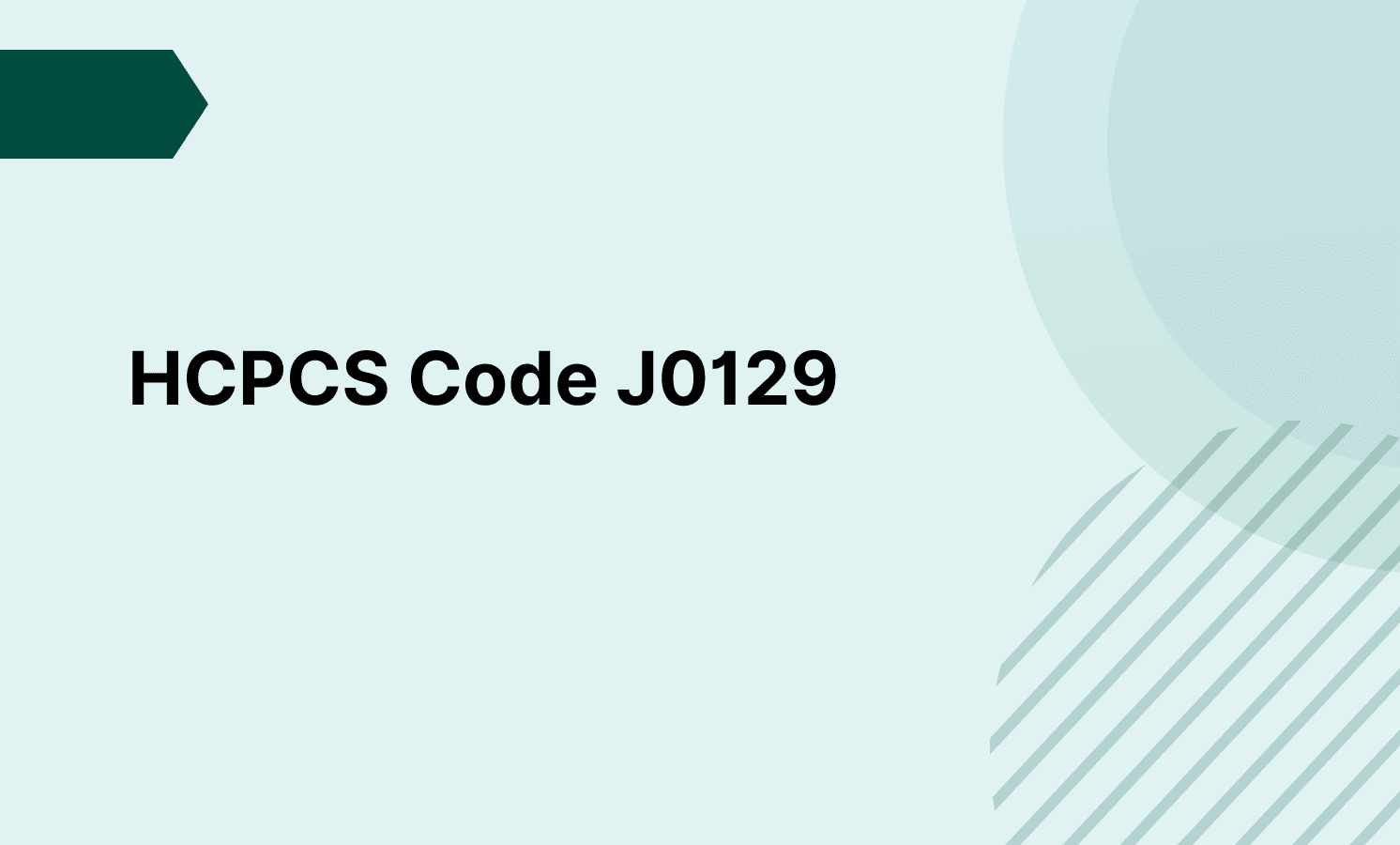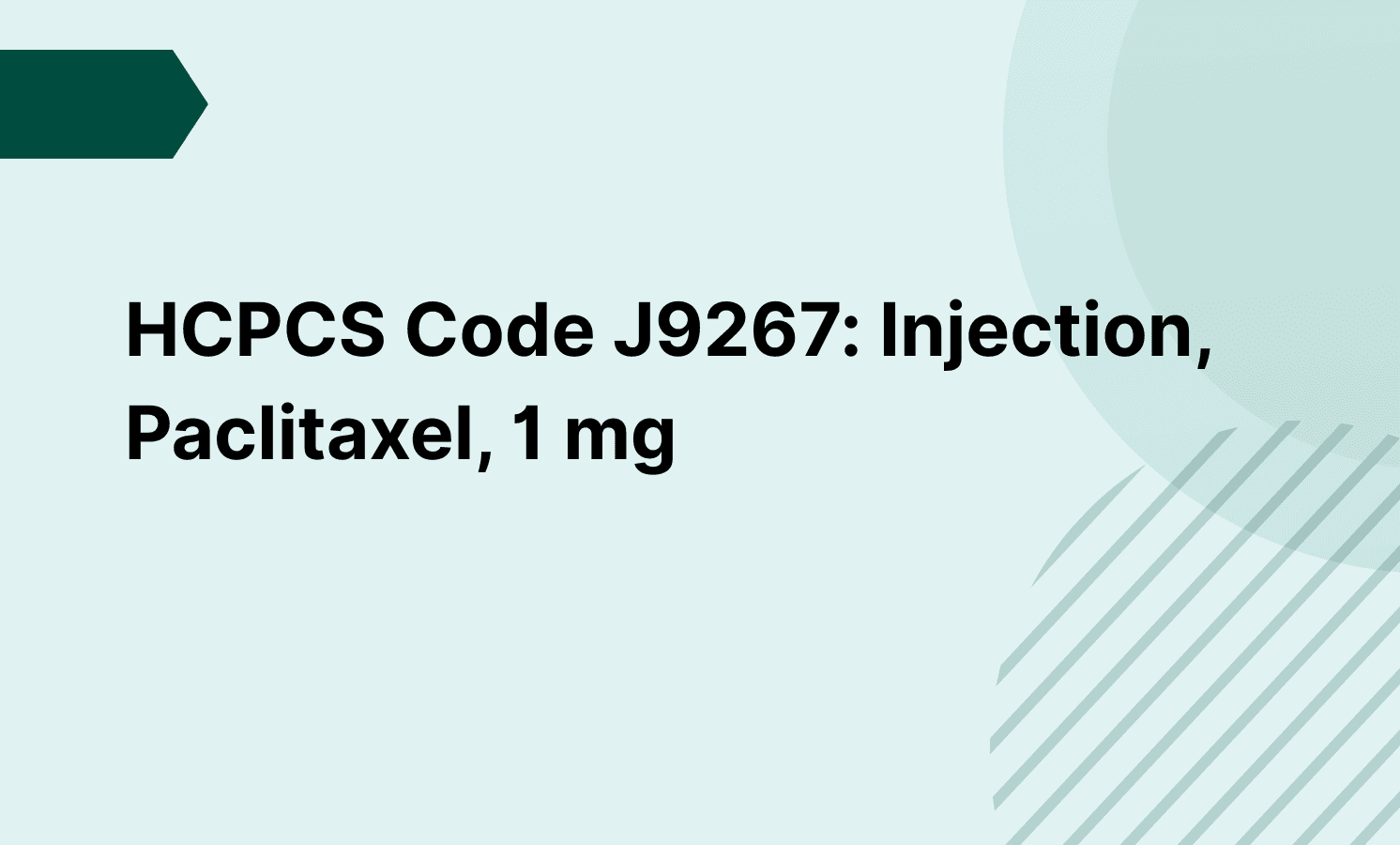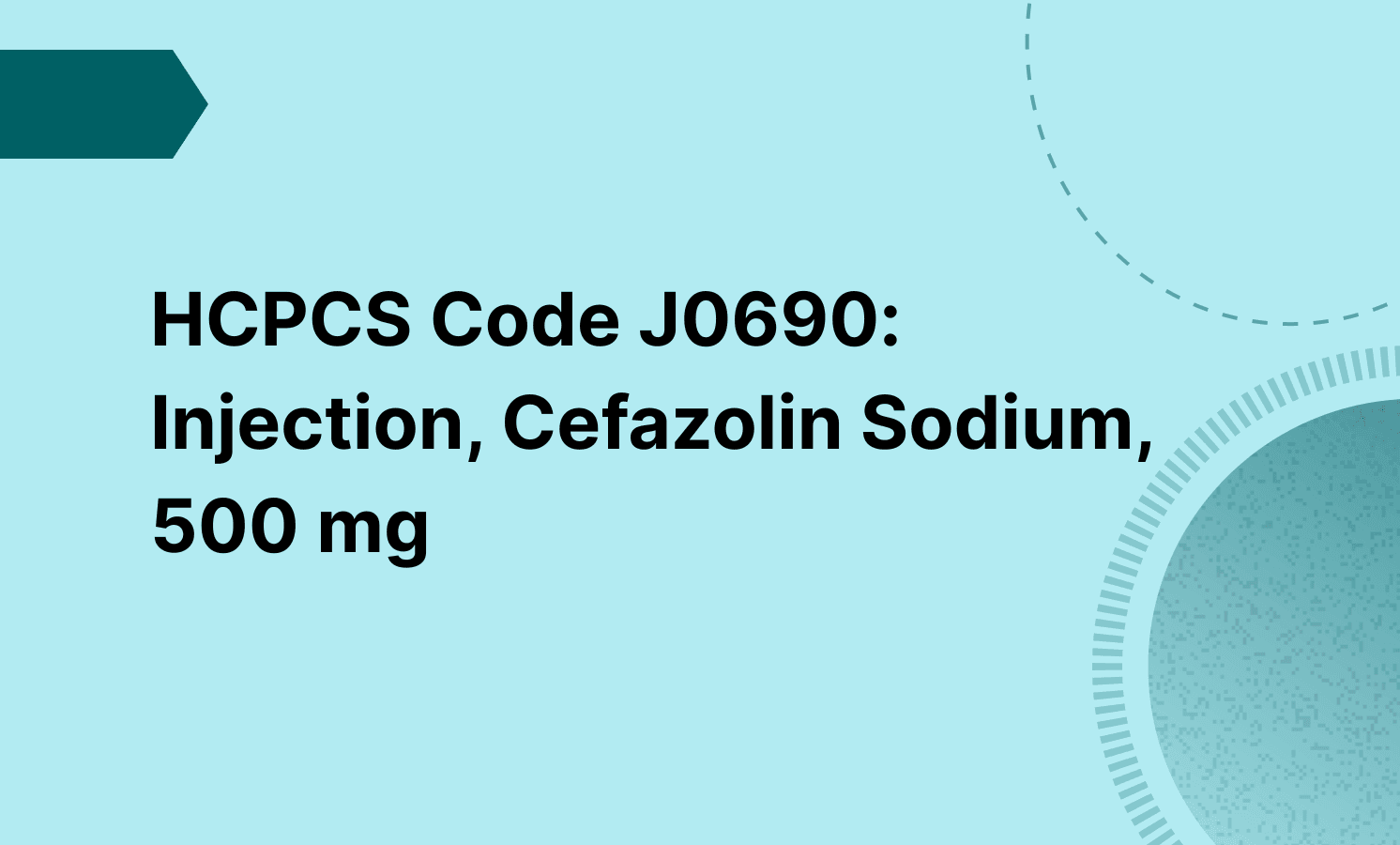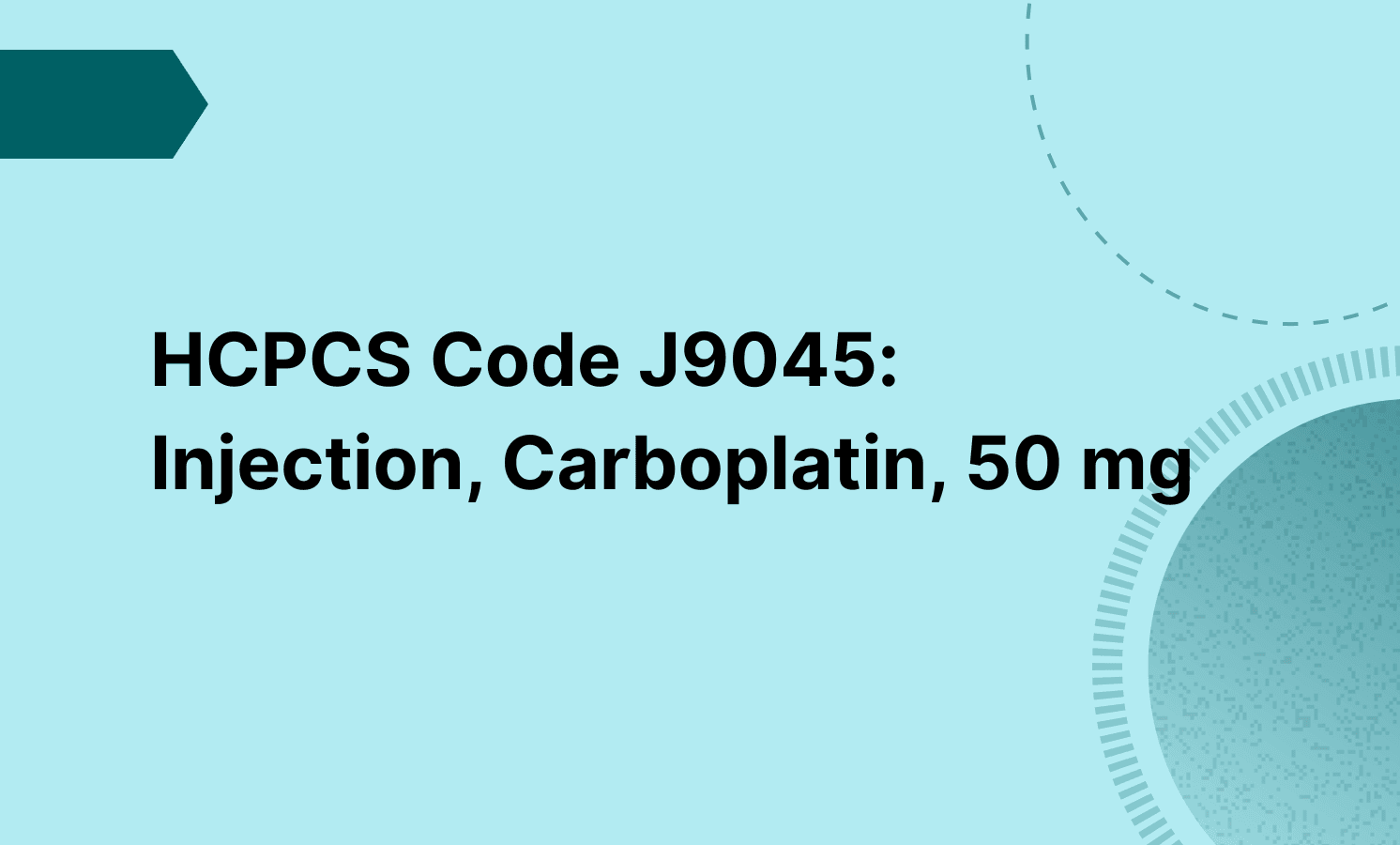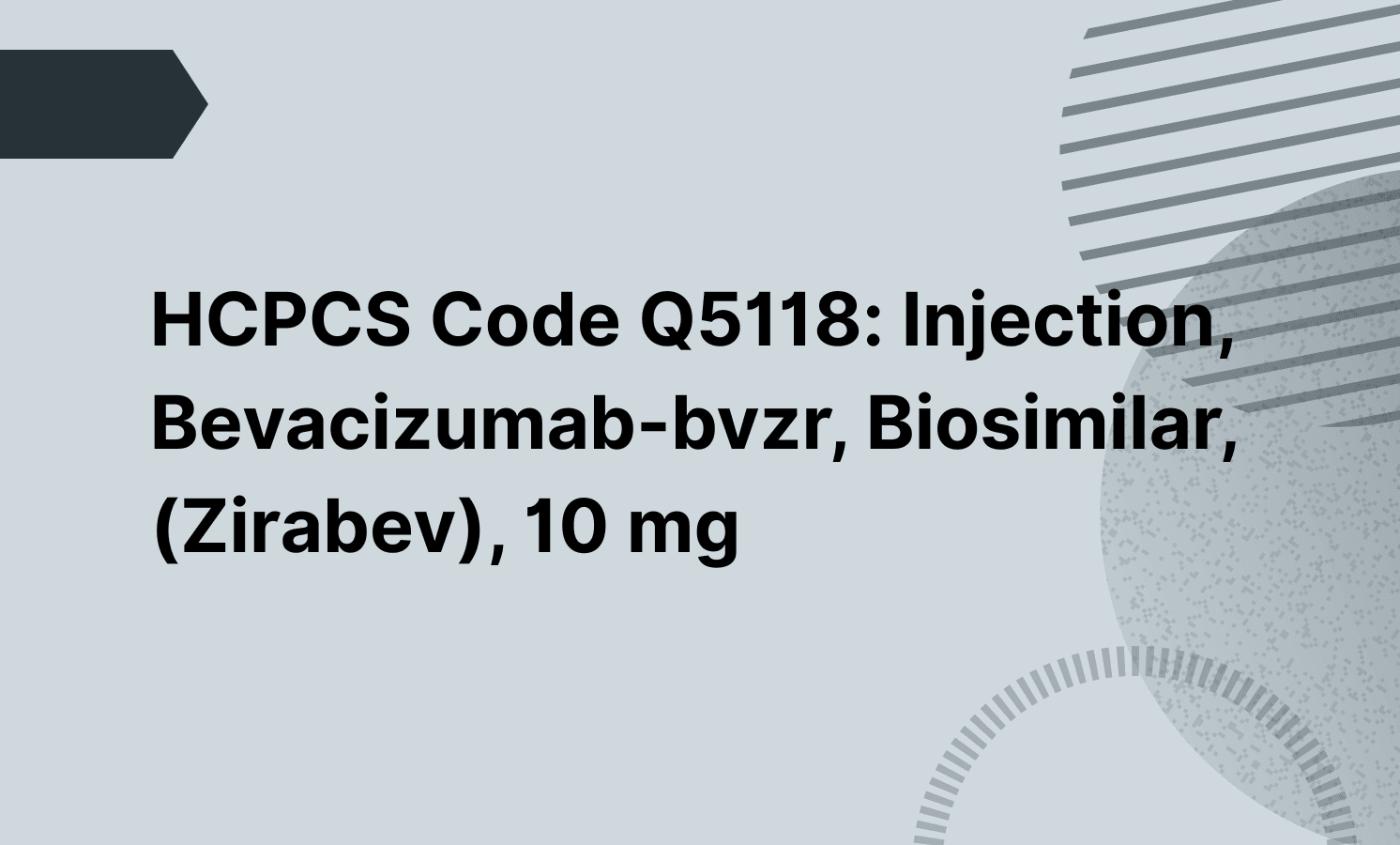CPT code 99283 represents an emergency department visit where qualified health care professionals provide a moderate complexity evaluation, including an expanded problem-focused history, examination, and moderate decision-making. It is used for patients with low to moderate severity conditions requiring urgent but non-life-threatening care.
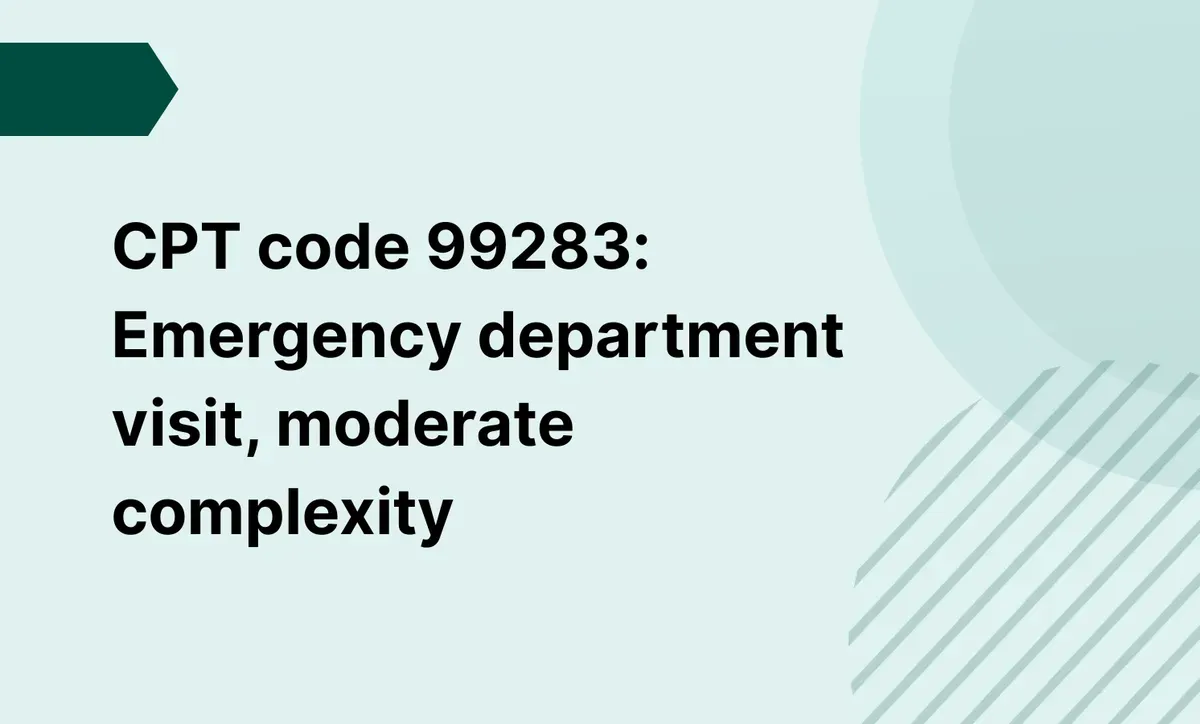
CPT code 99283: Emergency department visit, moderate complexity
Learn about CPT code 99283 for moderate complexity emergency department visits, including documentation, billing guidelines, related codes, and FAQs.
Frequently asked questions
CPT 99283 is justified when the documentation supports an expanded problem-focused history and examination, moderate medical decision-making, and when the patient's condition requires immediate evaluation by qualified health care professionals but does not yet demand a comprehensive history or examination.
The key difference is the complexity and severity: CPT 99283 involves moderate complexity with an expanded history and examination, while CPT 99284 requires a comprehensive history, comprehensive examination, and moderate to high complexity decision-making, typically for patients with more serious or potentially life-threatening conditions.
EHR and practice management software
Get started for free
*No credit card required
Free
$0/usd
Unlimited clients
Telehealth
1GB of storage
Client portal text
Automated billing and online payments

